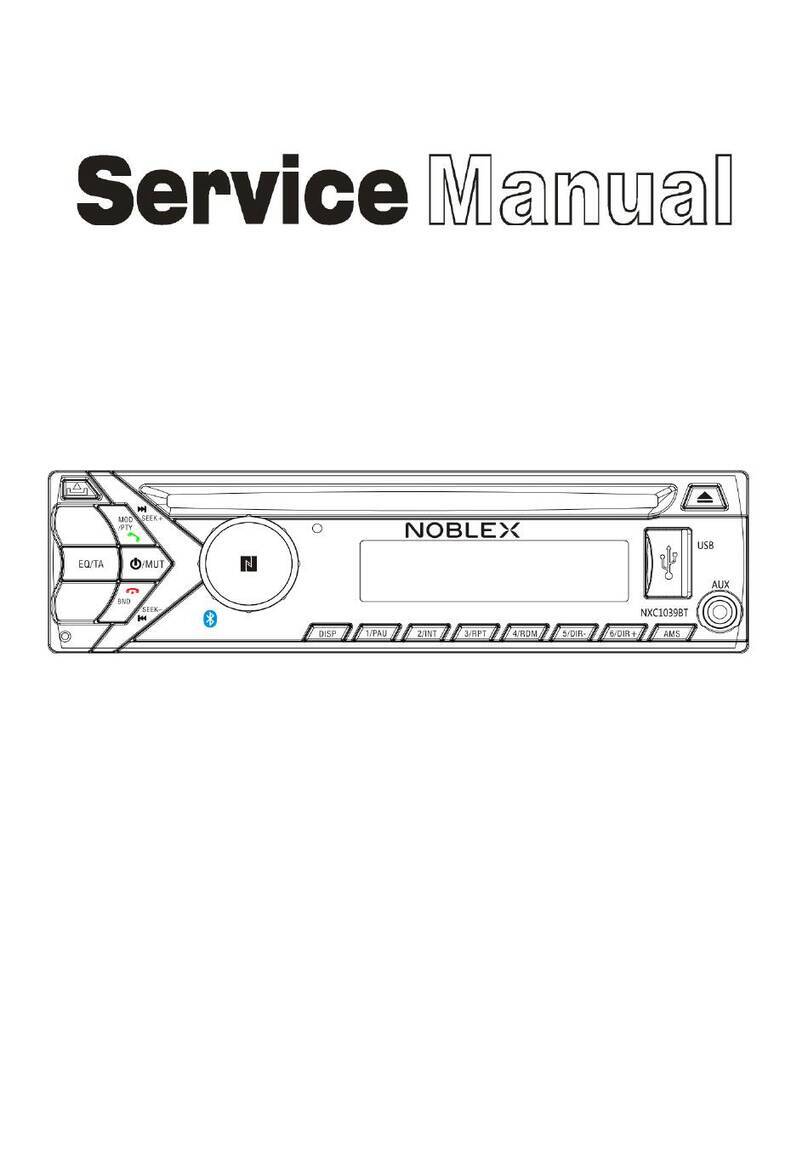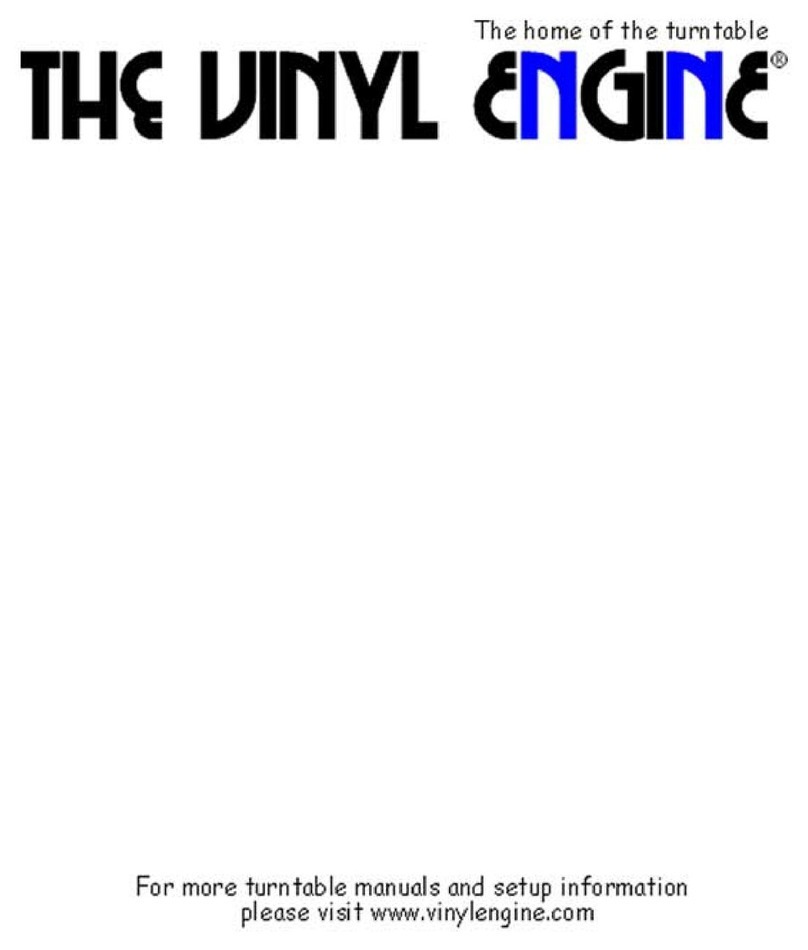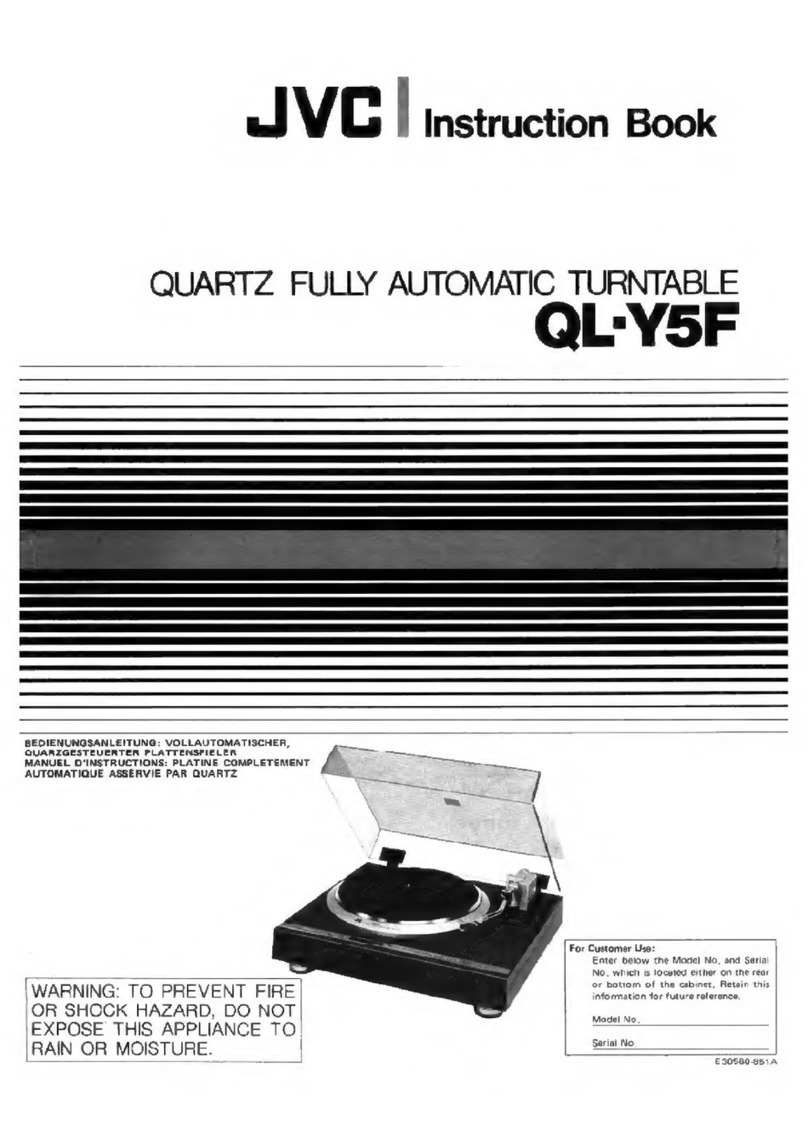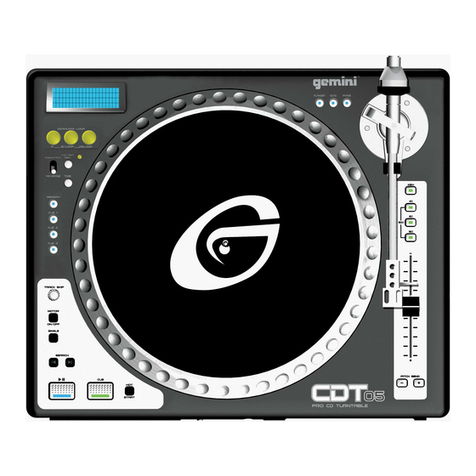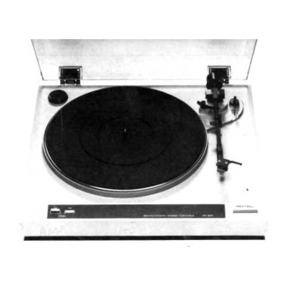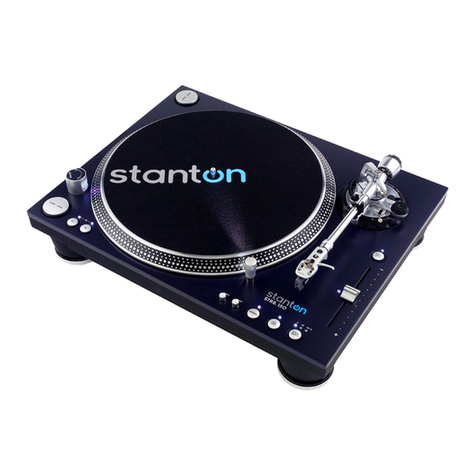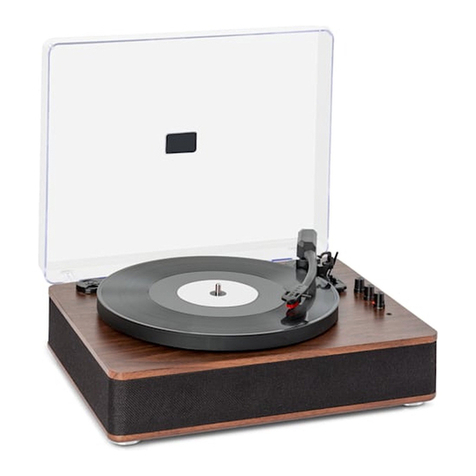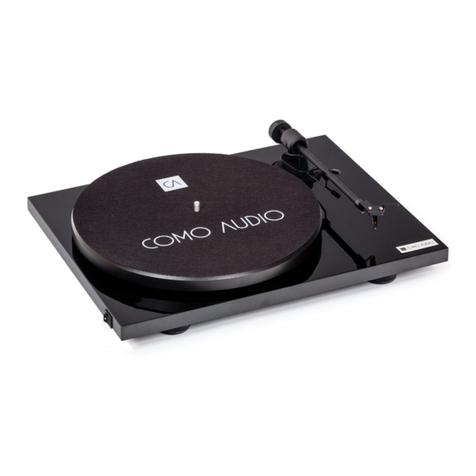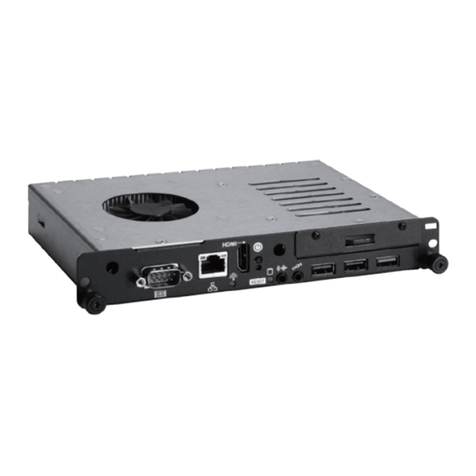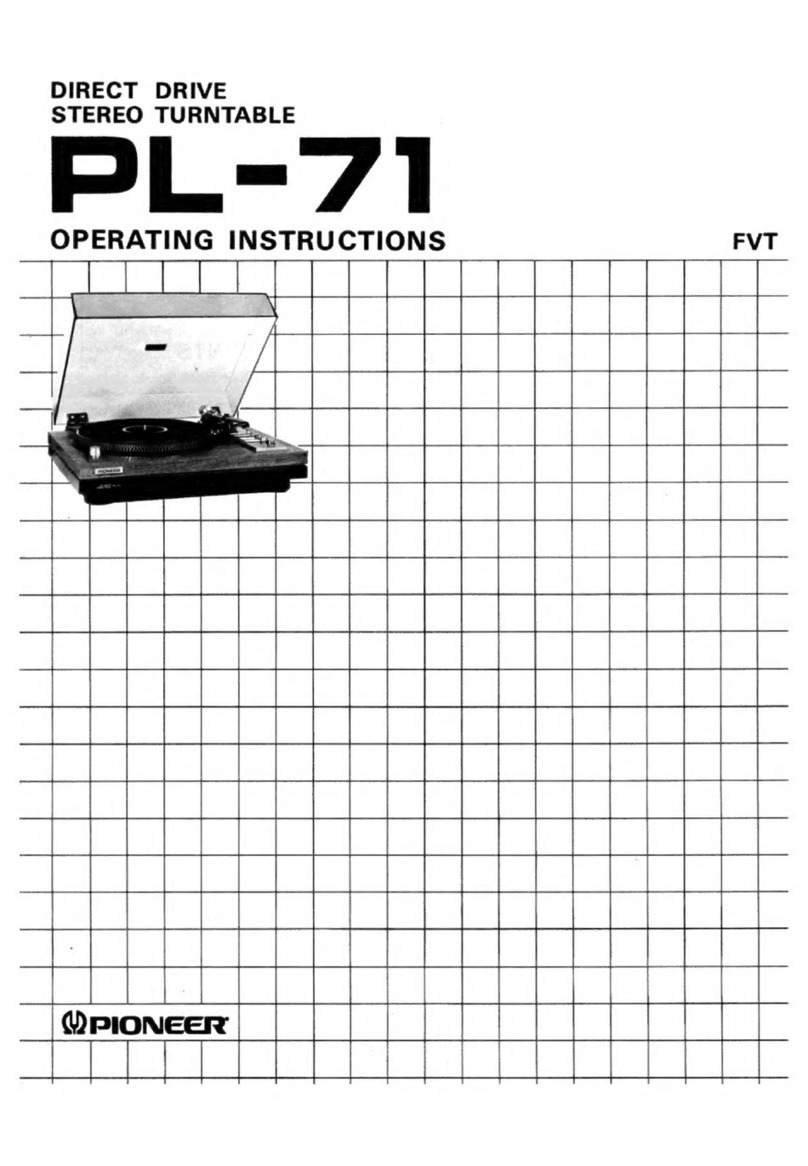Kenwood KD-4020 User manual
Other Kenwood Turntable manuals
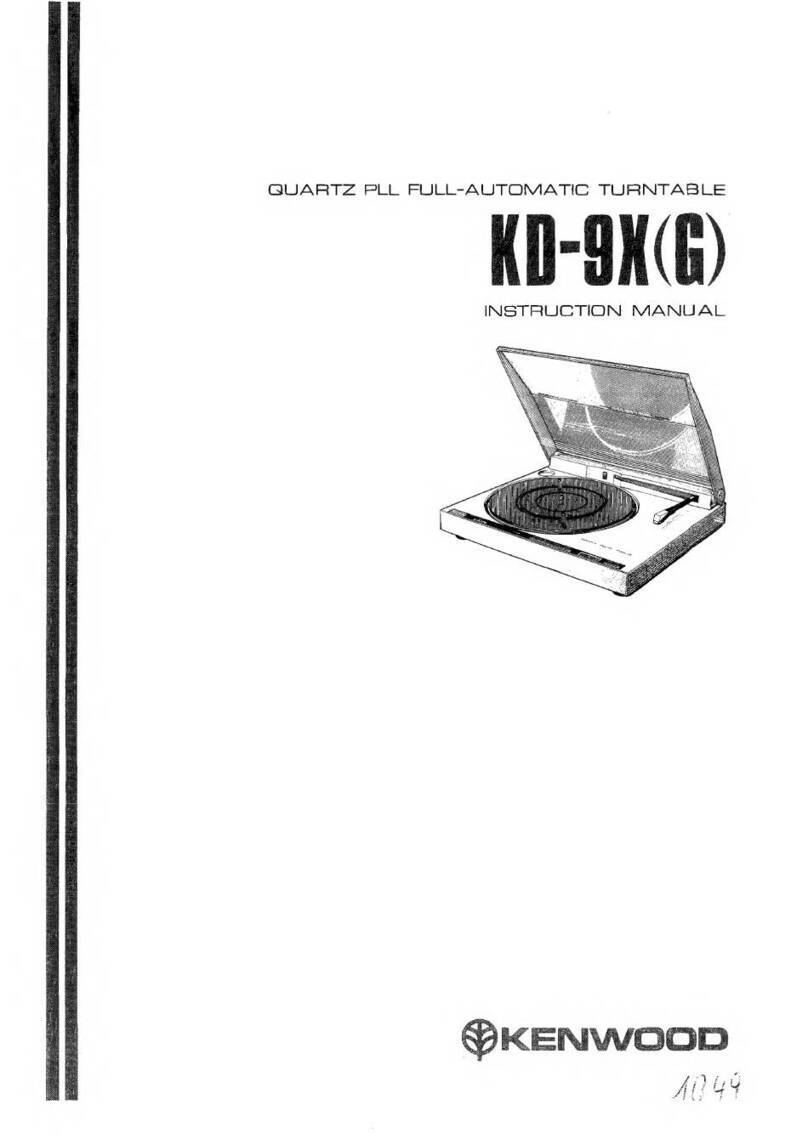
Kenwood
Kenwood KD-9X User manual

Kenwood
Kenwood P-110 User manual

Kenwood
Kenwood KD-3070 User manual

Kenwood
Kenwood KD-291R User manual

Kenwood
Kenwood P-110 User manual
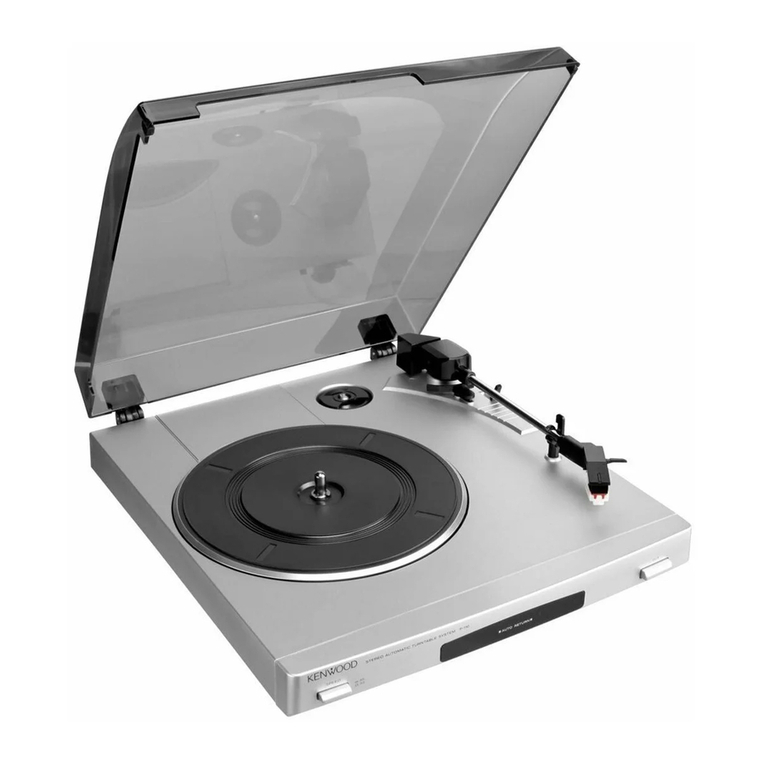
Kenwood
Kenwood P-110 User manual
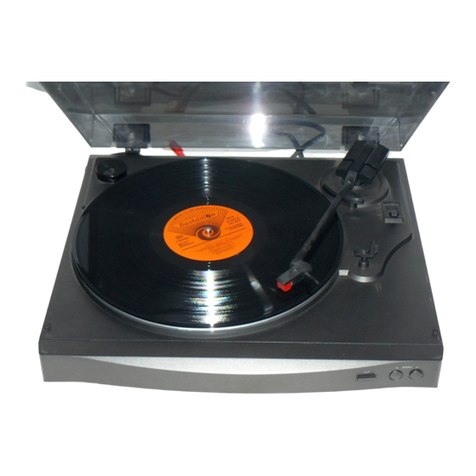
Kenwood
Kenwood P-T400 User manual
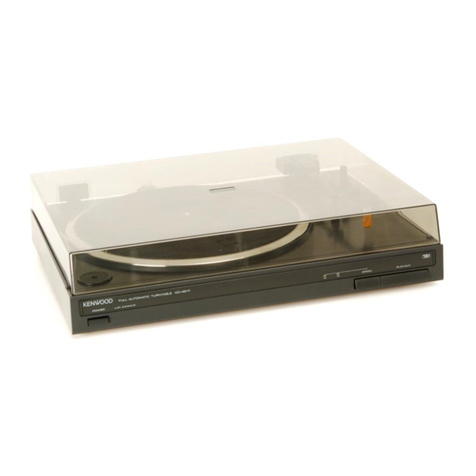
Kenwood
Kenwood KD-491F User manual

Kenwood
Kenwood KD-75F User manual

Kenwood
Kenwood L-07D User manual

Kenwood
Kenwood KD-291R User manual

Kenwood
Kenwood KD-5100 User manual
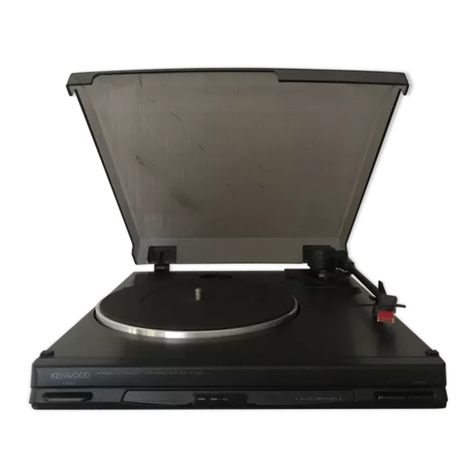
Kenwood
Kenwood P-100 User manual

Kenwood
Kenwood KD-47F User manual

Kenwood
Kenwood P-T400 User manual
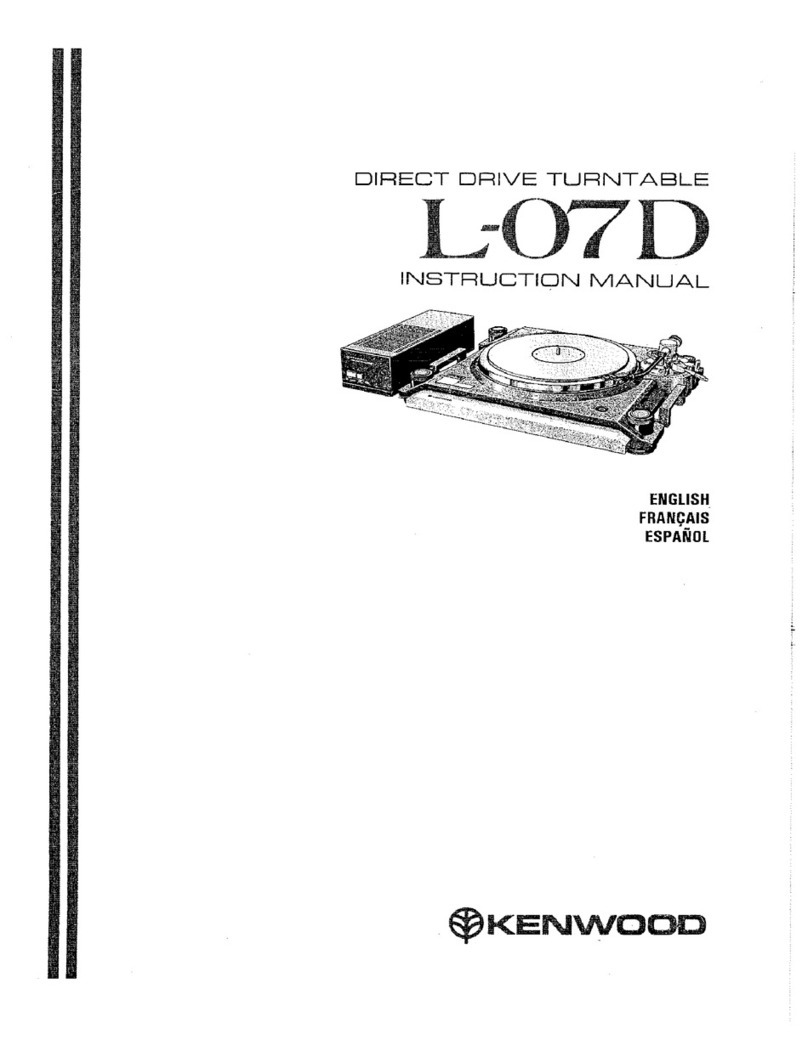
Kenwood
Kenwood L-07D User manual

Kenwood
Kenwood KD-491F User manual
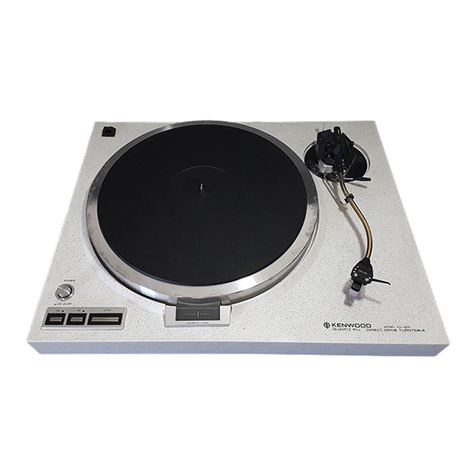
Kenwood
Kenwood KD-600 User manual
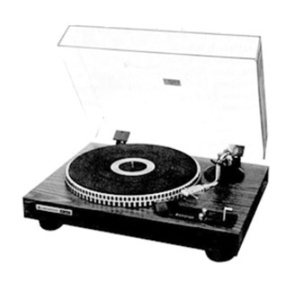
Kenwood
Kenwood KD-2077 User manual

Kenwood
Kenwood L-07D User manual






